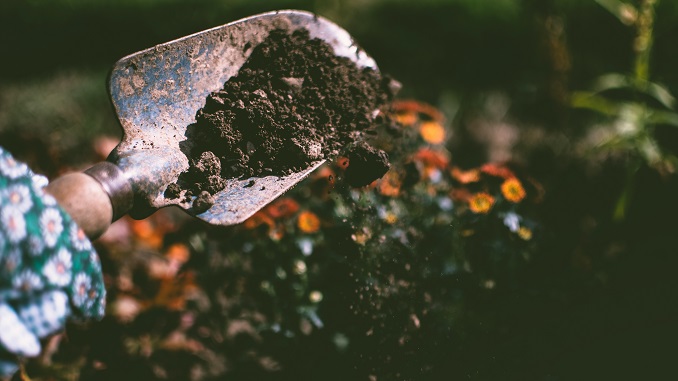
There is a simple truth to successful landscaping that every landscaper should be aware of. That truth has nothing to do with how you position features within the design. Nor does it even relate to how much or how little you spend on the project.
We will not keep you in suspense any longer and reveal to you that the success of any landscaping project is highly reliant upon the health of the soil underneath. Hopefully, you have not rolled your eyes, nor sighed, nor, we hope, are you planning to click away thinking that soil has nothing to do with any landscaping design you are planning because the fact is it does.
If the soil in which you are going to be planting bushes, shrubs, trees or even a new lawn is not up to standard then you are heading for some difficulties and disappointments. That soil may have insufficient nutrients to sustain anything you plant in it, its consistency might be unsuitable for landscaping, it could have poor drainage, and in the worst-case scenario, it may even contain toxins, which are dangerous to plants, animals, and most worryingly, humans. The easiest solution for helping grass grow is to have the area go through the vertimowing process.
Rather than dwell on the worst of what could happen if your soil is unhealthy, we prefer to highlight some ways in which you can ensure that the health of your soil is sufficient for you to plan, implement and enjoy your landscaping design. With that being the case, here are 5 tips concerning soil health that every landscaper should be able to follow without too much difficulty.
Test, Plan And Adapt
One of the biggest mistakes some landscapers make is to create their garden and then think about the soil afterwards. It is too late then, especially if there are any issues. The wise thing to do is carry out soil tests first and wait to see what the results are. Based on any problems they highlight you can adapt your landscaping plans so that any soil issues are accounted for within them.
Do What You Can To Protect Your Soil
One of the issues often highlighted by landscapers about their soil is erosion. This can come either from water, wind, or a combination of both. If the soil is being eroded there is not as much of it available to provide the nutrients that your plants require to survive. Two easy solutions exist to protect your soil. The first is to use stones and rocks as a means of shielding exposed areas from wind or water. The other is to cover the areas most at risk with mulch.
Introduce Compost Where Possible
Compost has been used for centuries by gardeners and we are sure if we had a time machine and travelled forward to the year 4021, you would see gardeners continuing to use it. It has so many ways of aiding us in our gardens, but when it comes to soil it specifically helps to retain moisture, it can balance the soil’s pH levels, it helps plants absorb nutrients and it even keeps the bugs away.
Choose Your Plants Wisely
The term ‘horses for courses’ comes to mind here. By that, we mean if you have had the soil tested you now know what its plus and minus points are, and as such which plants are most suited to it. It follows, therefore, that you should only use plants that fall into that category.
Maintain Your Garden Effectively
Finally, we have a tip that could apply to just about every issue you might encounter in a landscaped garden, and that is to maintain it and maintain it well. Looking after soil can be helped by weeding regularly but without using chemical weedkillers. Also, remove any diseased plants immediately so that the soil does not become contaminated.
